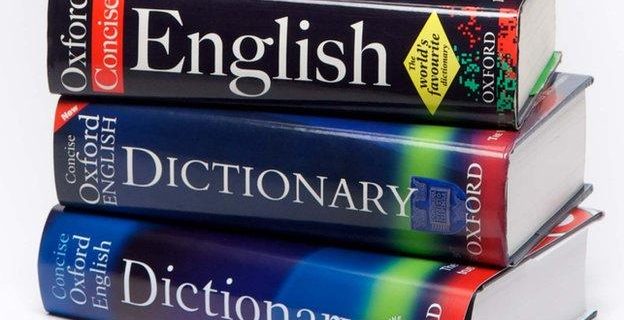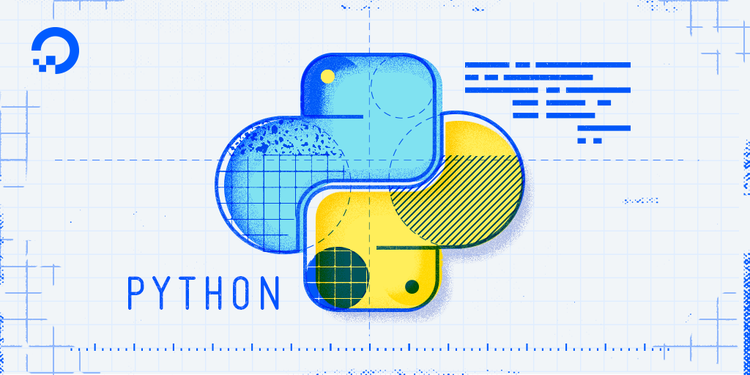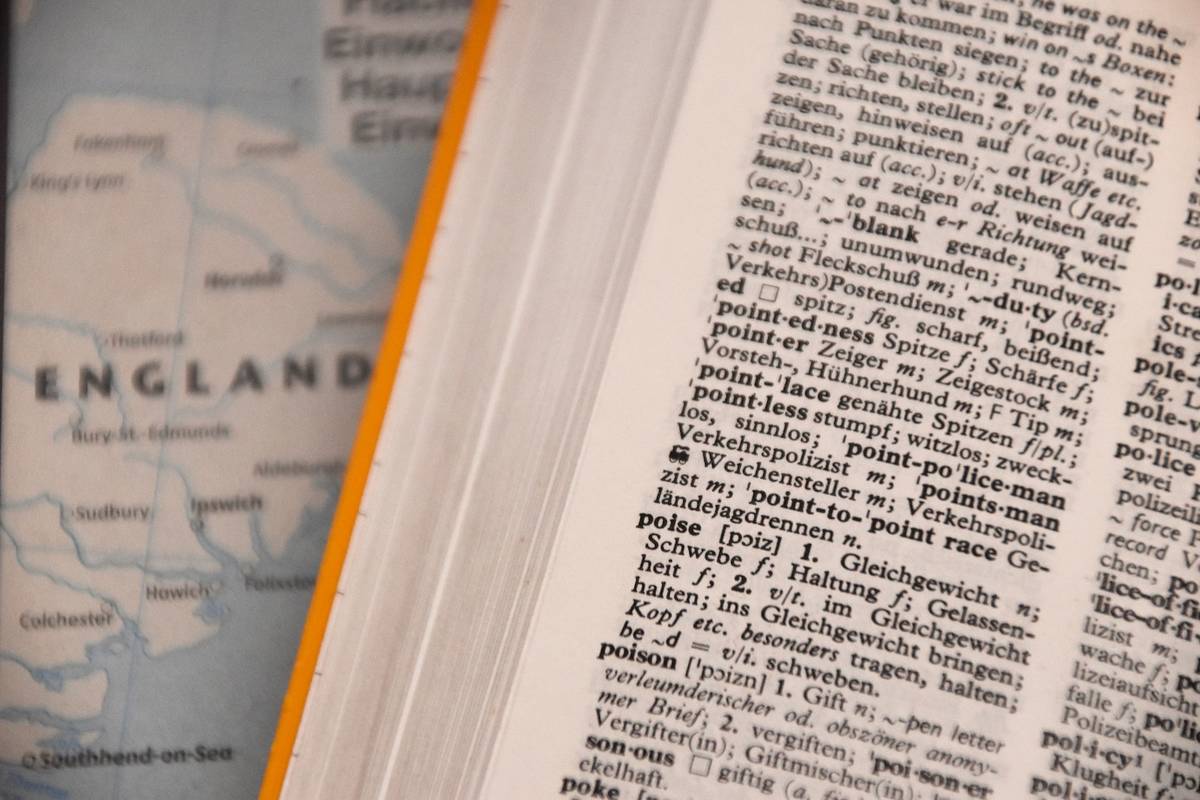- Swift Tutorial
- Swift Useful Resources
- Selected Reading
The dictionary by Merriam-Webster is America's most trusted online dictionary for English word definitions, meanings, and pronunciation. C# - Dictionary The Dictionary is a generic collection that stores key-value pairs in no particular order. Dictionary Characteristics. Dictionary stores key-value pairs. The English dictionary includes the Cambridge Advanced Learner’s Dictionary, the Cambridge Academic Content Dictionary, and the Cambridge Business English Dictionary. The Cambridge Learner’s Dictionary is perfect for intermediate learners. Dictionaries are, after all, giant databases of words compiled by lexicographers who investigate word usages and meanings. These days, however, Google is our database of meaning. Want to know how.
Swift 4 dictionaries are used to store unordered lists of values of the same type. Swift 4 puts strict checking which does not allow you to enter a wrong type in a dictionary even by mistake.
Swift 4 dictionaries use unique identifier known as a key to store a value which later can be referenced and looked up through the same key. Unlike items in an array, items in a dictionary do not have a specified order. You can use a dictionary when you need to look up values based on their identifiers.
A dictionary key can be either an integer or a string without a restriction, but it should be unique within a dictionary.
If you assign a created dictionary to a variable, then it is always mutable which means you can change it by adding, removing, or changing its items. But if you assign a dictionary to a constant, then that dictionary is immutable, and its size and contents cannot be changed.
Creating Dictionary
You can create an empty dictionary of a certain type using the following initializer syntax −
You can use the following simple syntax to create an empty dictionary whose key will be of Int type and the associated values will be strings −
Here is an example to create a dictionary from a set of given values −
Sequence Based Initialization
Swift 4 allows you to create Dictionary from arrays (Key-Value Pairs.)

You can use the following simple syntax to create an empty dictionary whose key will be of Int type and the associated values will be strings −
Here is an example to create a dictionary from a set of given values −
The above lines of code will create a dictionary with Cities as key and Distance as Value −
Filtering
Swift 4 allows you to filter values from a dictionary.
If we run the above code our closeCities Dictionary will be.
Dictionary Grouping
Swift 4 allows you to create grouping of Dictionary values.

You can use the following simple syntax to group the values of dictionary according to first alphabet.
The result of above code will be
Accessing Dictionaries
You can retrieve a value from a dictionary by using subscript syntax, passing the key of the value you want to retrieve within square brackets immediately after the name of the dictionary as follows −
Let's check the following example to create, initialize, and access values from a dictionary −
When the above code is compiled and executed, it produces the following result −
Modifying Dictionaries

You can use updateValue(forKey:) method to add an existing value to a given key of the dictionary. This method returns an optional value of the dictionary's value type. Here is a simple example −
When the above code is compiled and executed, it produces the following result −
You can modify an existing element of a dictionary by assigning new value at a given key as shown in the following example −
When the above code is compiled and executed, it produces the following result −
Remove Key-Value Pairs
You can use removeValueForKey() method to remove a key-value pair from a dictionary. This method removes the key-value pair if it exists and returns the removed value, or returns nil if no value existed. Here is a simple example −
When the above code is compiled and executed, it produces the following result −
American Heritage Dictionary
You can also use subscript syntax to remove a key-value pair from a dictionary by assigning a value of nil for that key. Here is a simple example −
When the above code is compiled and executed, it produces the following result −
Iterating Over a Dictionary
You can use a for-in loop to iterate over the entire set of key-value pairs in a Dictionary as shown in the following example −
Oxford Dictionary
When the above code is compiled and executed, it produces the following result −
You can use enumerate() function which returns the index of the item along with its (key, value) pair as shown below in the example −

When the above code is compiled and executed, it produces the following result −
Convert to Arrays
You can extract a list of key-value pairs from a given dictionary to build separate arrays for both keys and values. Here is an example −

When the above code is compiled and executed, it produces the following result −
The count Property
You can use the read-only count property of a dictionary to find out the number of items in a dictionary as shown below −
When the above code is compiled and executed, it produces the following result −
The empty Property
You can use read-only empty property of a dictionary to find out whether a dictionary is empty or not, as shown below −
Dictionaries In Python
When the above code is compiled and executed, it produces the following result −
RefSeek's guide to the 30 best online dictionaries, thesauri, and definition aggregators. Listings are judged by authority, coverage, usability, and utility.
- Directory and search engine for acronyms and abbreviations.
- Dictionary of acronyms and abbreviations. Contains over 750,000 definitions.
- Search multiple dictionaries from Cambridge University Press.
- Featuring 25,000 topics and 6,000 images. Search field at bottom of page.
- Aggregates definitions from multiple respected dictionaries.definitions.net - Aggregator - Also see: Synonyms.net
- Includes definitions from , Random House, and Merriam-Webster.dictionary.com - Aggregator - Also see: Thesaurus.com
- Concise, easy-to-read definitions from The People's Law Dictionary.
- English and Spanish dictionary and thesuarus from Oxford University Press.
- British English and American English dictionaries.
- Source of mathematical definitions and concept explanations.
- Based on the print version of Merriam-Webster's Collegiate Dictionary.
- 6,000 full-color images; 20,000 terms with contextual definitions.
- Definitions for thousands of terms in the field of technology and communication.
- Explanations of what our words meant and how they sounded hundreds of years ago.
- Aggregator of medical definitions for 10,000+ medical concepts with images and pronunciations.
- General and subject dictionaries for financial, legal, and medical terms.
- Over 17,000 entries. Find synonyms, antonyms, and brief definitions.
- Dictionary of contemporary American slang. Not appropriate for children.
- Displays a unique visualization of connections between words.
- Outstanding dictionary and engaging vocabulary teaching tool.
- Easy-to-understand definitions for thousands of technology terms and acronyms.
- Multilingual dictionary and thesaurus written and edited by the public.
- Blog tracking new words and phrases in popular use.
- Builds dynamic trees that are filled with synonyms, antonyms, syntactical associations.
- Aggregator of definitions, images, and word usage statistics.
- Dictionaries, word tools, and an amazing illustrated dictionary for children.wordsmyth.net - Also see: Illustrated Dictionary for Kids
- Definitions, thesaurus entries, spelling, pronunciation, and etymology results.
Word Tools
Dictionaries Python
- Find answers to crossword puzzles, anagrams and cryptograms.
- Explore and compare the popularity of words over time and geography based on Google search data.
- Remarkable, robust anagram lookup service from Wordsmith.
- Excellent rhyming dictionary with phonetic word search, thesaurus, and near rhymes.
- Writing tool for poetry, song lyrics, greeting cards, and more.
- Simple online notepad with rhyme suggestions for poets.
